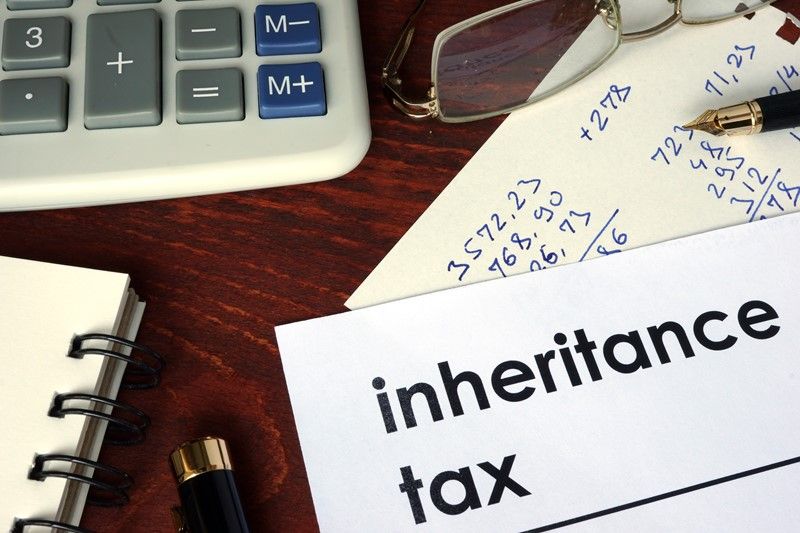Choosing a Business Rates Agency
The Valuation Office Agency (VOA) has issued updated advice to help business owners choose and monitor business rates agents more effectively. A key message is that the name listed in the Check and Challenge service must match the name on the signed contract. If it does not, this could be a sign of misleading activity, and business owners are encouraged to report any mismatch directly to the VOA.
This guidance comes in response to cases where agents have changed their trading names after complaints or regulatory scrutiny. The VOA is reminding businesses that transparency and due diligence are essential when appointing an agent.
Although there is no requirement to appoint an agent, many businesses choose to do so for support with managing business rates. If appointing one, it is important to conduct independent research and not rely on an agent who contacts you first. Check that any agent is a member of a recognised professional body such as the IRRV, RICS or RSA. These organisations enforce ethical codes and can handle disputes and complaints.
Before signing a contract, business owners should review it carefully to understand the services offered, the fee structure, how to exit the agreement, and the duration of the appointment. Be cautious if the agent uses high-pressure tactics, requests large upfront payments, or makes bold claims about savings.
Once an agent is appointed using their agent code through your business rates valuation account, all correspondence with the VOA can be monitored. You should not share your personal login details. If the agent later operates under a different name, it is your responsibility to alert the VOA.
If issues arise and the agent is not part of a professional body, concerns should be raised with Citizens Advice or Trading Standards for further support.




